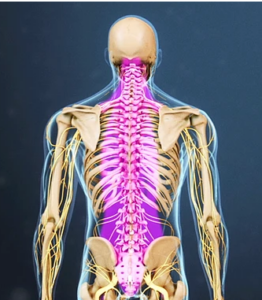Comparing Osteopathic Practice and Chiropractic

Comparing osteopathic practice and chiropractic, both hands-on manual medicine approaches, we find that each has roots in folk traditions like ‘bone setting’. Bone setting involved manipulating joints and bones to treat injuries and ailments. Such traditional practices were widely used, and anecdotally effective techniques of holistic healthcare. Knowledge of these early medical practices were passed on from person to person without formalized education. However, this changed in the late 19th century in the U.S. thanks to the work of two men, Palmer and Still, both prominent pioneers in holistic medicine.
Each of these men began to systematize their own medical practices and interests–Daniel D. Palmer in chiropractic, and Andrew Taylor Still in osteopathy. They were contemporaries and are said to have conferred professionally. Each are credited with being founders of their respective fields.
Similarities between Osteopathy and Chiropractic
Other than their deep roots in early traditional medicine, osteopathy and chiropractic have long shared several similarities. For example, both are holistic approaches to health and healing that work with the musculoskeletal system. Both use hands-on, or manual and manipulative techniques that involve work with bones, muscles and connective tissue. Also, they share the goal of reducing pain and limitation—both acute and chronic–while optimizing the body’s functioning.
Differences between Osteopathic and Chiropractic Techniques
Osteopathic principles embraces the idea that all bodily systems are interrelated and must work together to maintain wellness. Practitioners use a range of soft tissue techniques that are much gentler than found in chiropractic practice.
Chiropractor on the other hand, believes that whole body health can be achieved through spine alignment. To that end, chiropractic commonly uses high velocity thrusts. These are short, sharp maneuvers usually applied to the spine or specific joints with force. They are intended to unblock areas of restriction. High velocity thrusts are often accompanied by the sound of cracks and clicks as vertebrae and joints are manipulated.
On the other hand, osteopathy uses such things as isometrics, stretching, resistance, joint mobilization and trigger point techniques applied with a far gentler pressure. Osteopathic strategies use the limbs to make levered thrusts to adjust the body and do not deliver the more aggressive high velocity thrusts.
Jeffrey uses osteopathic principles and practices in his work.
